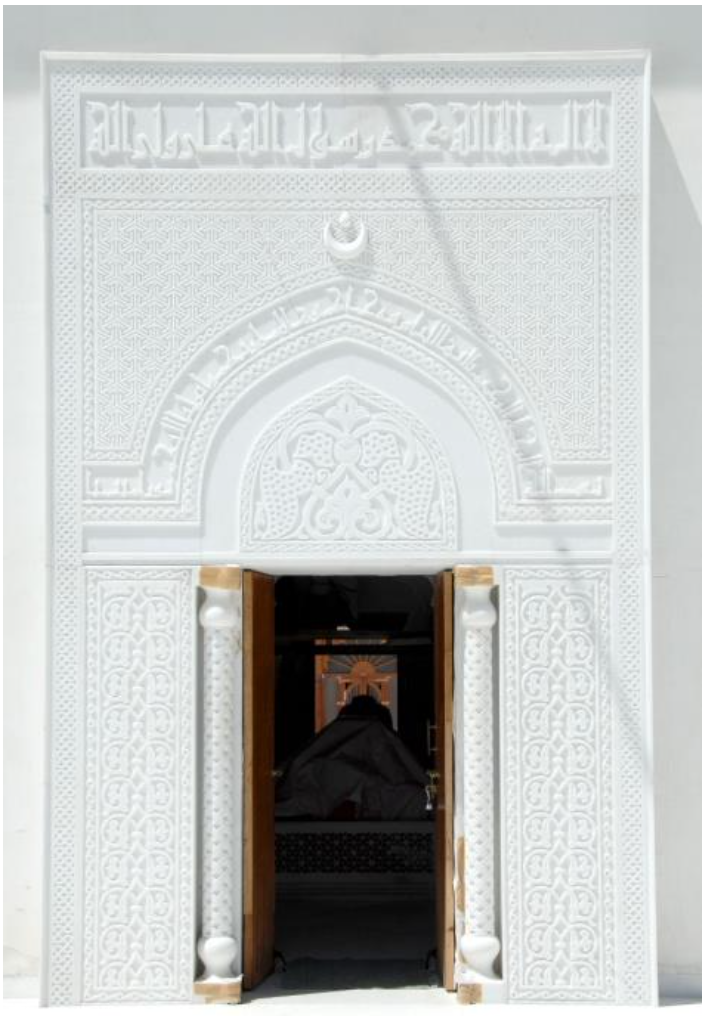
Professor Zoyab Alihussain Kadi
Here are buried the earthly remains of Maulaya Nooruddin QR, among the first recorded Dais to undertake Dawat in Hindustan. It is narrated that he journeyed to the Fatimi court of Maulana al-Imam al-Mustansir Billah AS (r. 427/1036–487/1094) at Qahera (Cairo) to imbibe the tenets of the Dawat. Along with his contemporaries, Maulaya Abdullah QR and Maulaya Ahmed QR, who are entombed in Khambat, he was given the mammoth task of sowing the seeds of the Fatimi Dawat and its way of life on his home soil.
It may be worthwhile to compare the contemporaneous times of two completely disparate regions that are a part of this narrative. On the one hand was the monotheistic, largely monolingual, Islamic world of Misr (Egypt), almost at the centre of the then known world. On the other was the polytheistic, polyglot Hindu world far away to the east. Hindustan, for the most part, was experiencing a golden age with a culture that was receptive and welcoming of new ideas. It was an opportune time for the Dawat to attract new followers.

It was into such a scenario that the two Dais returned and Maulaya Nooruddin QA headed south into the hinterland of the Deccan, where, after a lifetime of dedicated work, he was laid to rest in the vast, serene and rustic environs of Dongaon. As is to be expected, his nearly thousand year old tomb must surely have witnessed numerous changes. The earliest records show that the first structure to be built over it was during the times of the 42nd Dai Mutlaq, al-Dai al-Ajal Syedna Yusuf Najmuddin RA, towards the end of the 18th century.
The Qubba Mubaraka that we see today was completed in 2012 CE, under the guidance and patronage of the 52nd Dai Mutlaq, al-Dai al-Ajal Dr. Syedna Mohammed Burhanuddin RA. Fittingly enough, two of its most prominent architectural features are from Qahera and from buildings commissioned by Maulaya Nooruddin’s QR contemporary Imam, Maulana al-Mustansir Billah AS. These are the entrance portals, inspired from the mihrab of Jami Ibn Tulun and the dome, inspired from Jami al-Juyushi. These are not mere symbols from a glorious past, but rather they exemplify an eternal bond between the Imam and his Dai. There is a third uncommon feature, a band with vegetal and geometric motifs at the base of the dome that has been inspired from Jami al-Anwar, Qahera, built during the reign of Maulana al-Imam al-Hakim bi Amrillah AS. This is a motif that has been very selectively employed in Dawat projects around the world and is indicative of the importance attached to this Qubba Mubaraka. In parting, it is important not to miss the remarkable coincidence between the name Maulaya Nooruddin QR and the role that he was assigned to carry out. “Noor” means “light” in Arabic, the dispeller of darkness.

Disclaimer–Viewpoints in blog posts do not necessarily reflect those of RadiantArts.
The author, Professor Zoyab Bhai Kadi is a senior architect and planner by profession. Apart from being a mentor to Triple O Studio, he has a keen interest in architectural conservation. He has over 35 years of experience in the field and worked with Louis Kahn on the IIM-A project. He has vast experience in the educational field and has been a member of inspection teams for the Council of Architecture, AICTE and the Board of Studies, Andhra University. He completed his Bachelor’s in Architecture from the School of Architecture and Planning, Anna University and his post-graduation in Town and Country Planning from the School of Planning and Architecture, Delhi. He has been at the forefront to document the heritage houses of the Dawoodi Bohra Community in Sidhpur and has published three titles and several journal articles on Sidhpur.

Leave a comment
You must be logged in to post a comment.